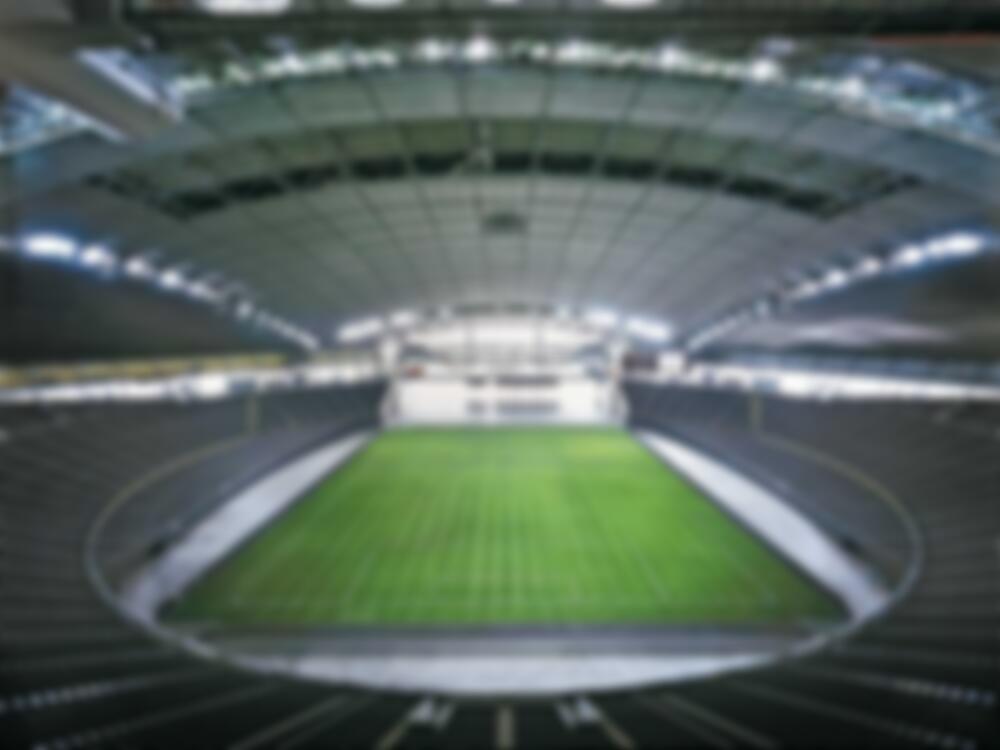Sapporo is the capital of Hokkaido Island in northern Japan and has a population of 1.8 million. In 1972, the Winter Olympic Games were held there, and in 2002, it was one of the 10 venues in Japan to stage the soccer World Cup. This suggested the idea of a stadium with an easy-to-change grassed playing field that could be...
Sapporo Dome
Issue
09/2005 Stadiums
Source
DETAIL
Task
New construction
Location
Japan, Sapporo
Architecture
Hiroshi Hara und Atelier Phi

© Shinkenchiku-sha

© Shinkenchiku-sha